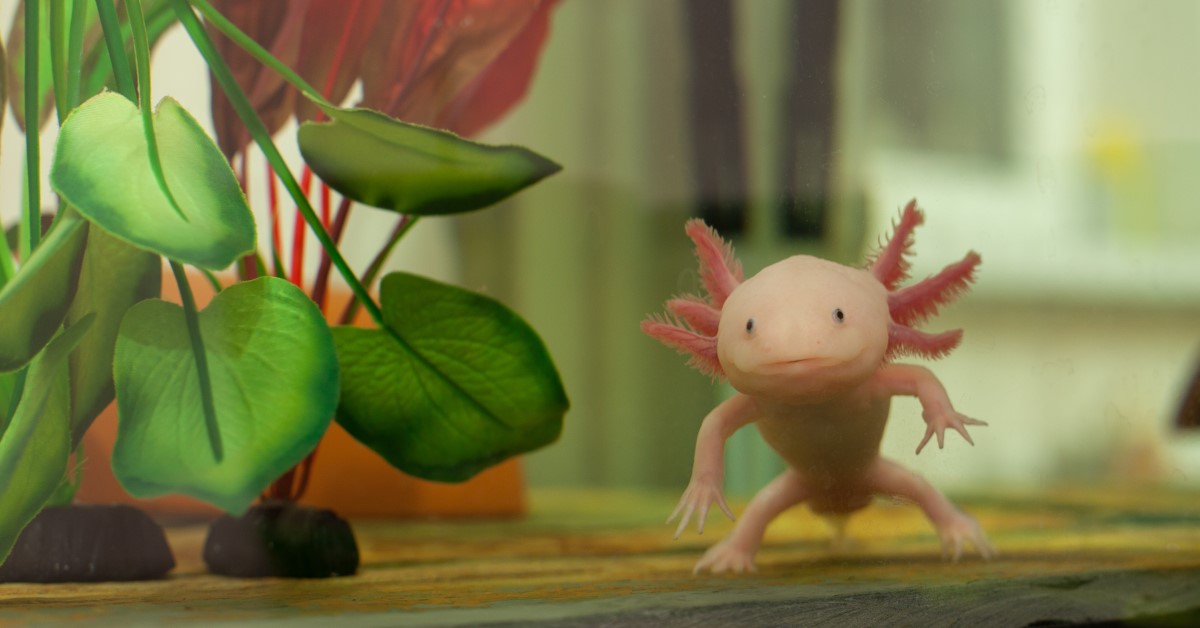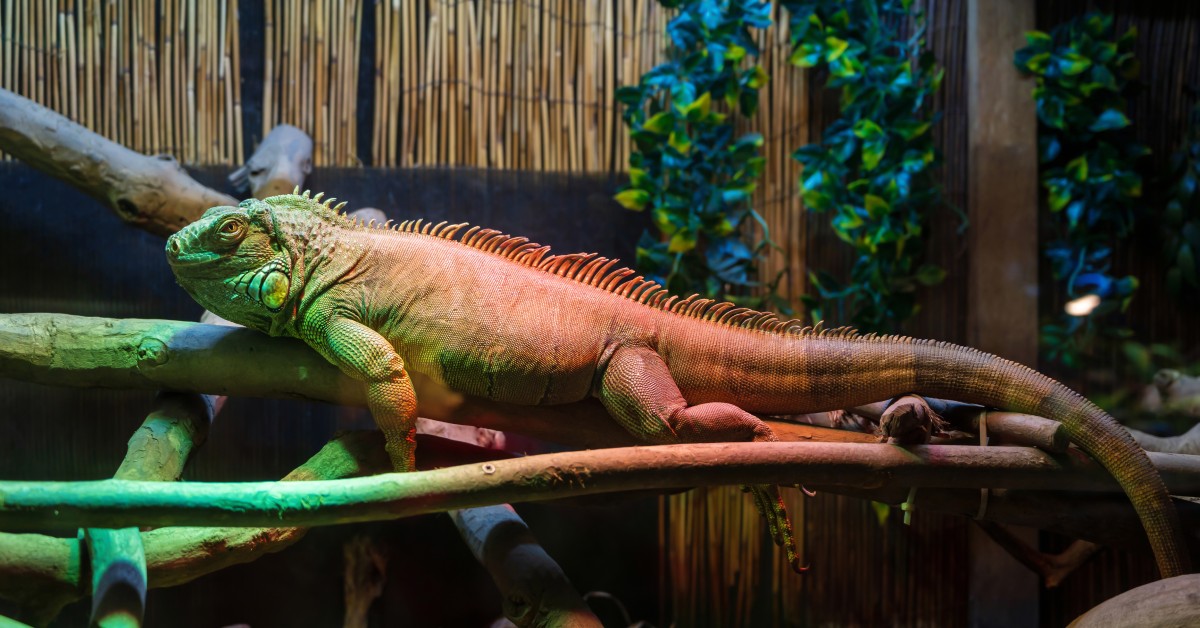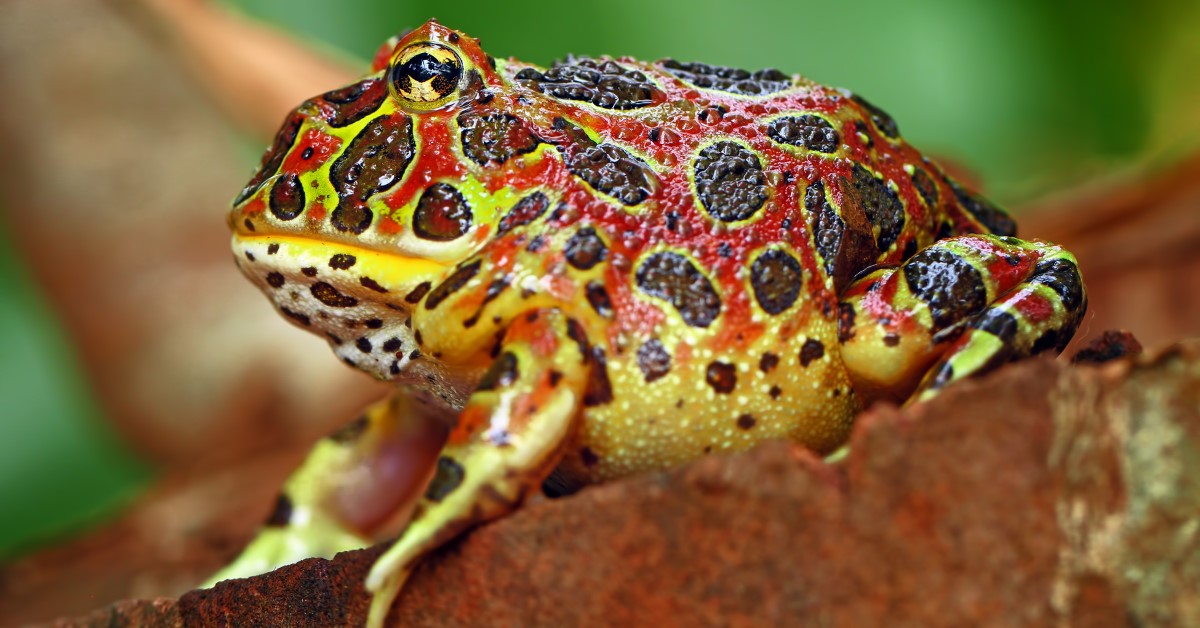What Is an Axolotl?
Axolotls are freshwater salamanders that can make excellent, low-maintenance pets, pending you provide them with the right environment and diet.

The axolotl has exploded onto the pet scene because of its cute face, relatively easy-care, and peaceful lifestyle. Technically speaking, the axolotl is a freshwater salamander. The axolotl is a nocturnal creature that prefers dark and cool environments. They can live alone or with others of their kind.
If measured from the tip of its tail to the nose, a full-grown axolotl can grow up to be about a foot in length. The average life expectancy of an axolotl is 10-15 years, with the proper care. There are several color variations for this pet, but the most commonly found colors in the pet trade are the wild type (green/gray coloration) and the albino (white and pink coloration). It is also possible to find black, bright green, gold, or spotted axolotls.
Axolotl Care
What once was an odd word, difficult to pronounce, has suddenly become a mainstay in the pet industry. The axolotl is a peaceful, adorable little pet that is relatively easy to care for. The low-maintenance axolotl is hypoallergenic, self-contained, and provides years of enjoyment and interaction. Continue reading to learn the proper care requirements to allow your pet to thrive for years to come.
Habitat
The axolotl isn’t as active as some other aquatic species, but their large adult size and high waste output require an aquarium of at least 20 gallons for a single axolotl. If you plan on keeping additional axolotls, the generally accepted rule is to add ten gallons for every additional pet. For example, two axolotls will need at least 30 gallons, while keeping three would require 40 gallons. A larger water volume will give the axolotl plenty of room to move around and help keep the water cleaner and healthier for your pet.
When choosing an aquarium, the axolotl prefers to have a long and shallow aquarium rather than a tall aquarium with the same water volume. Aquariums sold in “long” formats or a “breeder” style are ideal for the axolotl. You’ll want to invest in a sound filtration system. While a sponge filter can be successful, installing a hang on the back filter or a canister filter would be the best option to keep the water as clean and pristine as possible.
When choosing a substrate, plants, and decorations for your axolotl’s tank, it is best to have a tank without substrate or just a bare bottom. Fine sand is the best option if you want to add a substrate. Gravel and pebbles have the potential to cause damage to an Axolotl's GI tract if ingested, as they swallow their food whole. When setting up the axolotl tank, have plenty of caves and dark spaces where your pet can hide and escape bright lights. Securely stacked rocks or aquarium-safe driftwood can provide just the right environment. Always be sure there aren’t any rough or jagged surfaces that could scratch or cut your axolotl.
Temperature
The ideal temperature for axolotls ranges between 60-64 degrees F. Axolotls prefer cooler water, but it can be challenging to maintain a cooler aquarium, especially in warmer climates. Add in the fact that the pumps, filtration, and lighting also add heat to the system, and you can struggle to keep temperatures low enough for an axolotl. Some solutions to combat this challenge could be installing a high-quality chiller or wrapping the tank with reflective insulation to keep heat out.
Tank Mates
Choosing the right habitat for your axolotl is essential for overall well-being, but keeping suitable tank mates with your new pet is important. Keep in mind that the axolotl will try to eat anything that will fit into its mouth. That means any smaller fish may be fair game. The only small tank mates that may be well suited for an axolotl are fish that are fast enough to get away from an axolotl. Some great options include neon tetras, guppies, or zebra danios.
Although the axolotl likes to live a solitary life, it is perfectly acceptable to house two or more axolotls together, pending you have a large enough aquarium. Don’t be surprised if one axolotl will occasionally attack or pick at the others.
Food
Axolotls will eat insects, larvae, tadpoles, snails, and worms in the wild. In captivity, however, these primary food sources are not readily available. Maintaining a healthy, high-protein diet for your axolotl is vital to keep it healthy. Pet axolotls should be fed a mix of brine shrimp, blackworms, blood worms, daphnia, or tubifex. On occasion, you can give your pet axolotl a nightcrawler or earthworm as a tasty treat. Be sure you are getting your nightcrawlers from a store that uses only organic soil. If an axolotl accidentally ingests a nightcrawler with pesticides, it could become extremely ill.
Axolotls are easy to care for when given the right environment to thrive. Remember to give your axolotl plenty of room in the aquarium, and keep the water cool. Feed your axolotl a healthy, high-protein diet, and be sure to pair your axolotl with appropriate tank mates. If well taken care of, you can expect your axolotl to be a great companion for up to 15 years.
Ready to start saving money on pet wellness care?
Then take a look at Mint Wellness, the pet wellness plan that provides fast reimbursement on routine pet care. Save on vaccinations, wellness exams, preventatives, dental, and more!
Learn More


